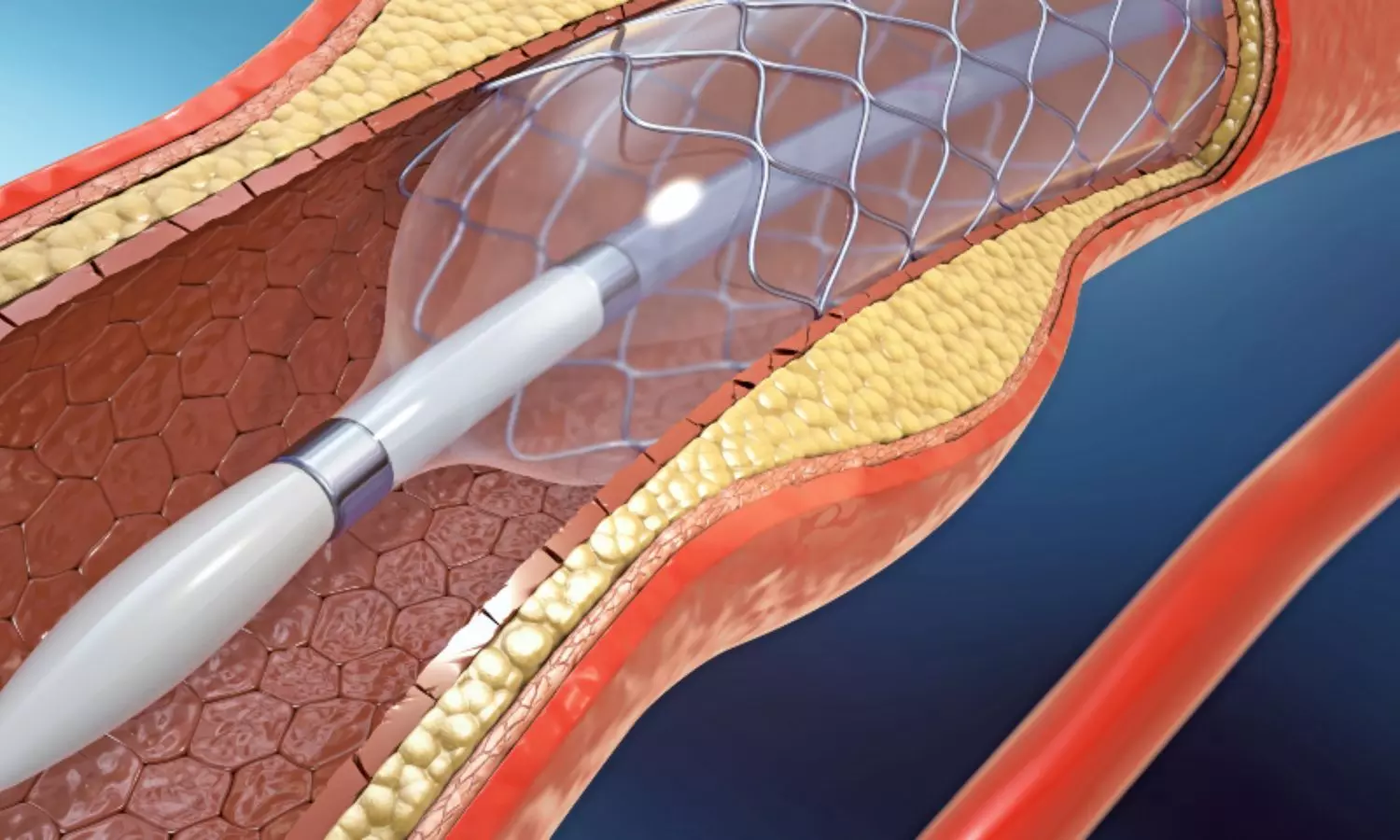Hemodialysis Patients Face Higher Restenosis Risk After DCB Therapy, But Limb Salvage Remains High: POPCORN Registry
- byDoctor News Daily Team
- 22 September, 2025
- 0 Comments
- 0 Mins

Japan: Data from the real-world POPCORN registry has revealed thatperipheral artery disease (PAD)patients onhemodialysisexperience worse vessel patency afterdrug-coated balloon (DCB)interventions compared to non-dialysis patients. However, 3-year limb salvage rates remain high, exceeding 90%. The findings, published inJACC: Cardiovascular Interventionsby Yasutaka Yamauchi of the Cardiovascular Center, Takatsu General Hospital, Kawasaki, and colleagues, suggest important insights into long-term outcomes of DCB therapy in a high-risk population that has traditionally been underrepresented in large-scale vascular studies. The study analyzed data from a prospective, multicenter registry that included patients treated with DCBs—either Lutonix or IN.PACT Admiral—for femoropopliteal artery disease between March 2018 and December 2019. Of the 3,165 lesions treated, 991 were in patients undergoing hemodialysis. The primary outcome of interest was freedom from restenosis over three years. The study led to the following findings: The authors wrote, "DCB endovascular therapy represents a viable and effective treatment option for managing femoropopliteal lesions in patients undergoing hemodialysis. While the durability of vessel patency may be somewhat reduced in this high-risk group, the consistently high rates of limb preservation highlight its clinical value." They emphasize the importance of adopting a tailored approach to endovascular care—one that takes into account specific anatomical and procedural factors—to optimize long-term outcomes in patients on dialysis. Yamauchi, Y, Takahara, M, Soga, Y. et al. Vessel Patency After Femoropopliteal Drug-Coated Balloon Therapy in Patients on Hemodialysis. J Am Coll Cardiol Intv. 2025 Jul, 18 (13) 1660–1670. https://doi.org/10.1016/j.jcin.2025.05.001
Disclaimer: This website is designed for healthcare professionals and serves solely for informational purposes.
The content provided should not be interpreted as medical advice, diagnosis, treatment recommendations, prescriptions, or endorsements of specific medical practices. It is not a replacement for professional medical consultation or the expertise of a licensed healthcare provider.
Given the ever-evolving nature of medical science, we strive to keep our information accurate and up to date. However, we do not guarantee the completeness or accuracy of the content.
If you come across any inconsistencies, please reach out to us at
admin@doctornewsdaily.com.
We do not support or endorse medical opinions, treatments, or recommendations that contradict the advice of qualified healthcare professionals.
By using this website, you agree to our
Terms of Use,
Privacy Policy, and
Advertisement Policy.
For further details, please review our
Full Disclaimer.
Recent News
Air Pollution May Slow Infant Brain Development: S...
- 23 October, 2025
AI Outperforms Traditional Tools in Predicting Hea...
- 23 October, 2025
Nearly Half of Acute Pancreatitis Patients Develop...
- 23 October, 2025
Can Fat You Can’t See Put You at Risk for Stroke a...
- 23 October, 2025
Daily Newsletter
Get all the top stories from Blogs to keep track.


0 Comments
Post a comment
No comments yet. Be the first to comment!